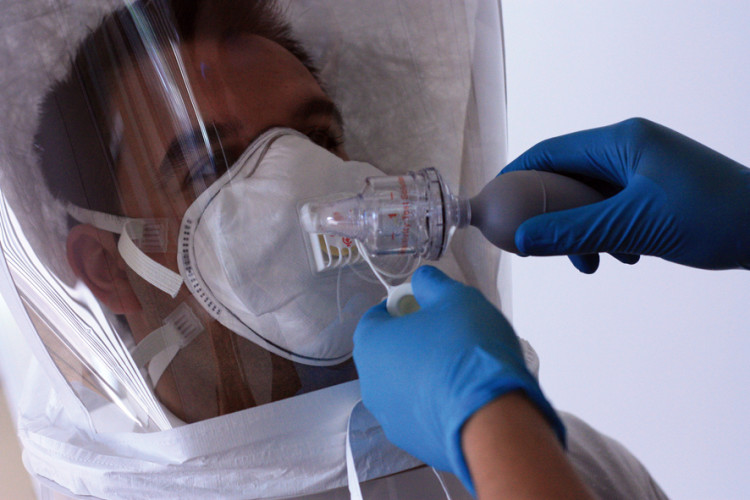Good occupational health goes hand in hand with good business – that’s pretty obvious. But if the benefits are obvious and abundant, why then are people still made ill from work?
There is no simple answer, but it’s surely no coincidence that where poor workplace health is found, there is usually evidence of inappropriate spending, poor workplace culture, a general lack of awareness and inadequate control measures.
Falls from height are often cited as the main cause of death in the workplace, but in the UK every year there are still nearly a hundred times more deaths caused by occupational disease than by accidents.
Protecting workers’ health isn’t just about doing what’s morally right or what’s legally required. It is also about good business practice – and that includes judicious investment. All too often a failure to grasp the realities of occupational health leads to insufficient spending or, conversely, money being spent inappropriately.
Effective controls do not have to be expensive controls. Occupational hygienists can advise companies on the most appropriate and cost-effective control measures proportionate to the risks posed by the work.
In their efforts to protect workers against exposure to health hazards, employers often reach automatically for personal protective equipment as an easy solution. But PPE is really a last-ditch solution; it is often chosen due to a lack of sufficient guidance on other more appropriate measures.
It is far better to eliminate the hazard wherever possible and avoid the need for PPE. Likewise, hazard containment can also reduce the cost of waste disposal and environmental control. Sometimes the solution is to substitute a less hazardous material to reduce worker exposure and the risk of ill-health.
PPE can seem more financially manageable but, in addition to the cost of the equipment itself, is the need for health surveillance, worker training on proper fitting and removal, maintenance, replacement and disposal costs.
Workplace culture is also vital in creating a healthy environment. If occupational health interventions are perceived by the workforce as a burden or unnecessary then compliance goes out the window.
Changing this behaviour, once it is established, is very difficult and doesn’t happen overnight. Creating a positive workplace culture by encouraging behaviour that minimises exposure to health hazards can be achieved through rewards and incentives. But this only works if such incentives engender a real understanding of the positive consequences of healthy behaviour and negative consequences of non-compliant behaviour.

Awareness, therefore, is key. You can’t control something that you don’t understand. Employers must understand the health risks of the hazards present and share that understanding with their workforce.
The UK is a world leader in workplace health protection, thanks largely to the work of the Health & Safety Executive. Employers, however, may be reluctant to contact HSE for occupational health advice for fear of being targeted for inspections on a broader basis. Initiatives such as the HSE’s ‘Helping Great Britain Work Well’ and ‘Go Home Healthy’ campaigns, which are complementary to the overlying regulations, aim to bridge this gap and foster an understanding of health risks.
Even if the control measures are appropriate for the health risks, a good control becomes a bad control if it no longer performs as intended.
Employers should not only undertake occupational exposure monitoring but they should also focus on assessing and improving their exposure prevention strategy. A personal exposure level below the established workplace exposure limit does not necessarily mean that no further actions need be taken.
The rate of workplace accidents and injuries has been falling steadily for years thanks to unstinting campaigning and a wider appreciation of risk by both employers and employees.
The focus is now shifting to workplace health, the devastating effects of which are inevitably less immediate than those of a fall or other trauma. Their impact is often hidden and can lie dormant for years.
Employers who invest in workplace health can expect increased productivity and employee performance among other benefits. Good occupational hygiene makes healthy workers and healthy workers make good business.
- Mary Cameron is occupational hygiene team leader with Socotec, a provider of testing, inspection and compliance services
This article was first published in the October 2018 issue of The Construction Index magazine
UK readers can have their own copy of the magazine, in real paper, posted through their letterbox each month by taking out an annual subscription for just £50 a year. Click for details.
Got a story? Email news@theconstructionindex.co.uk



